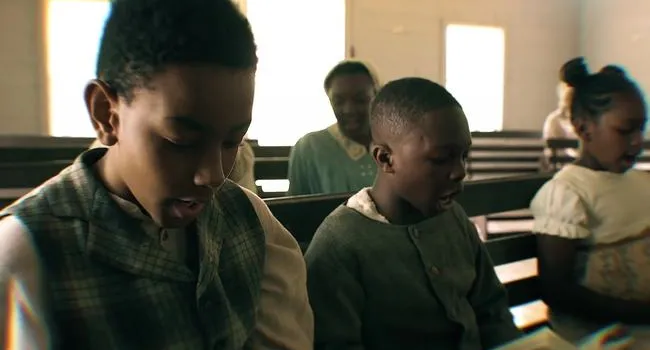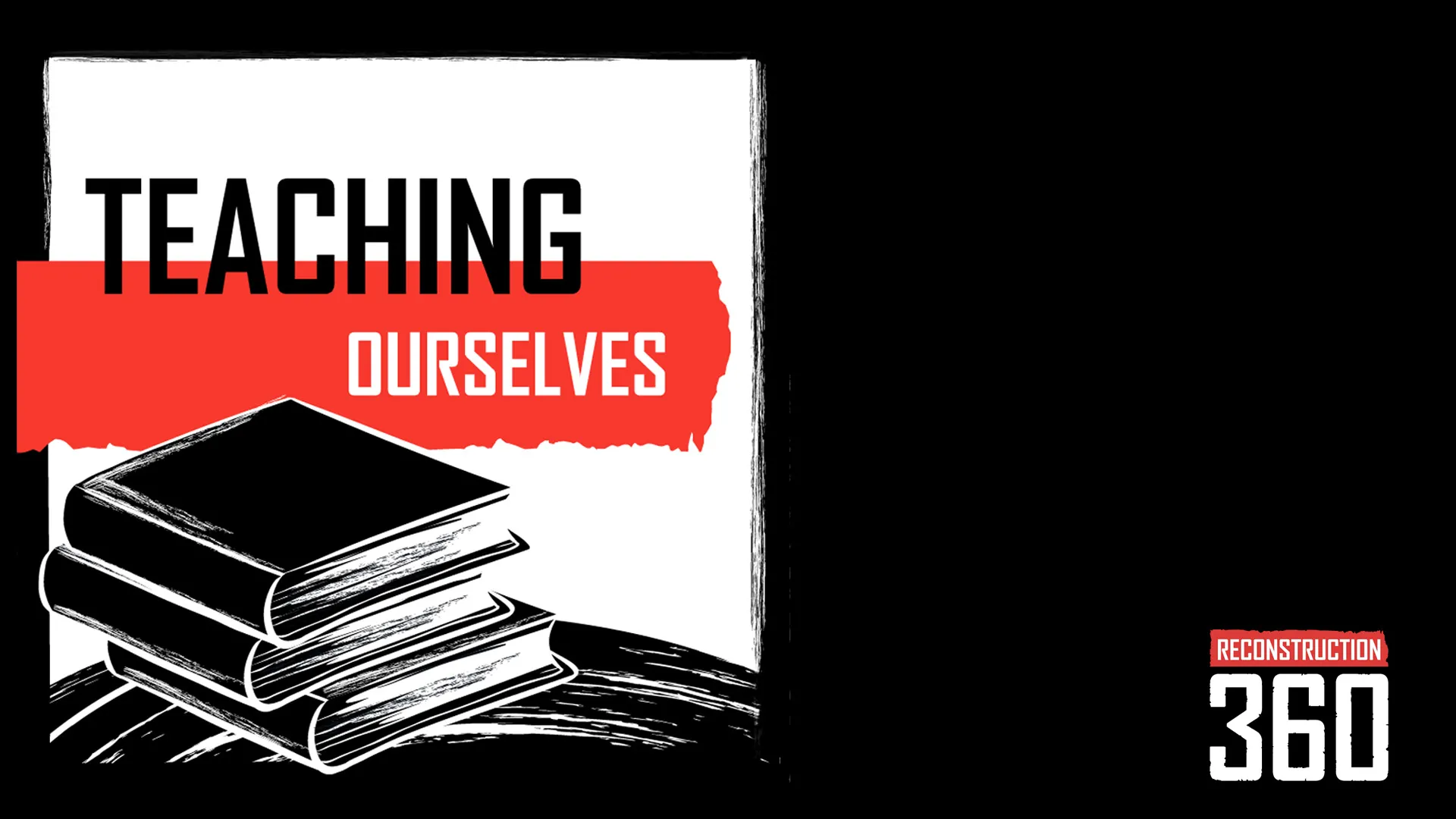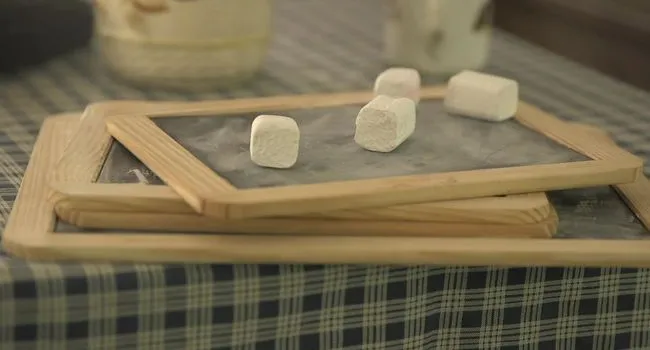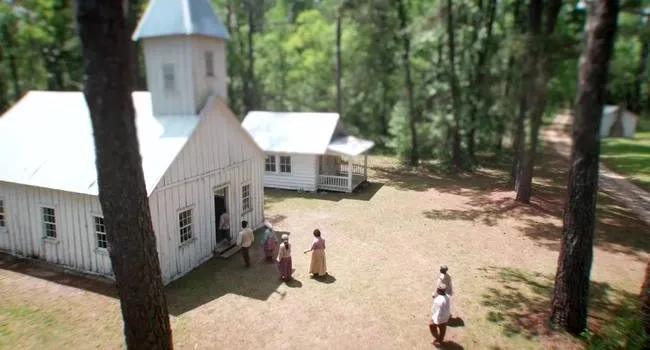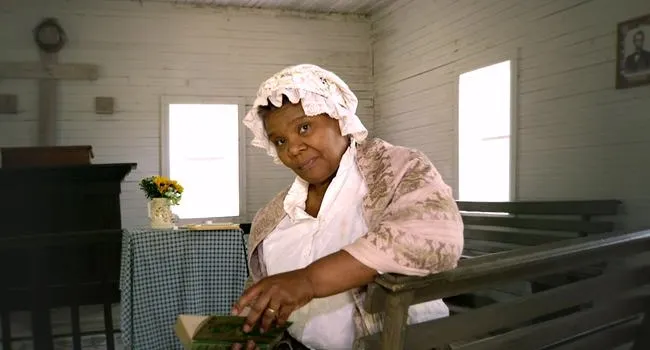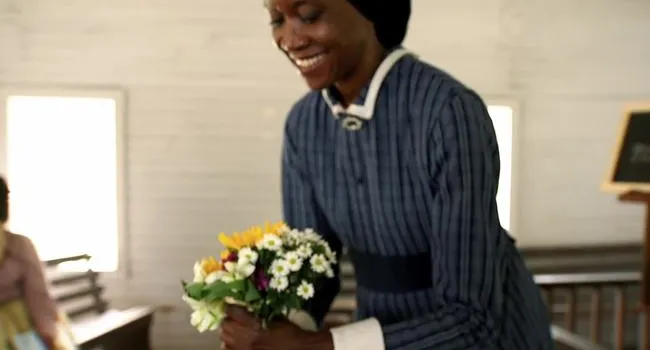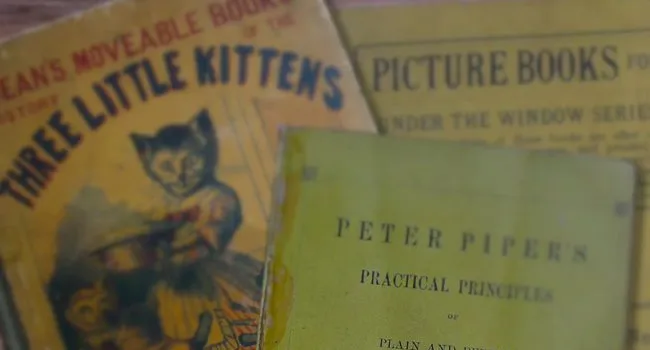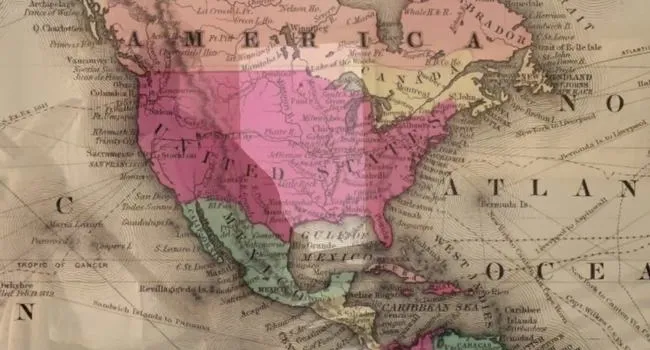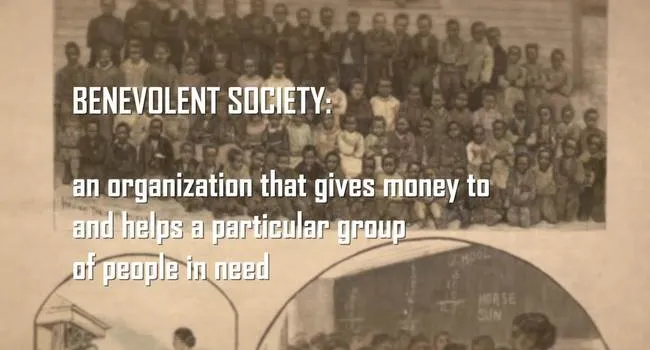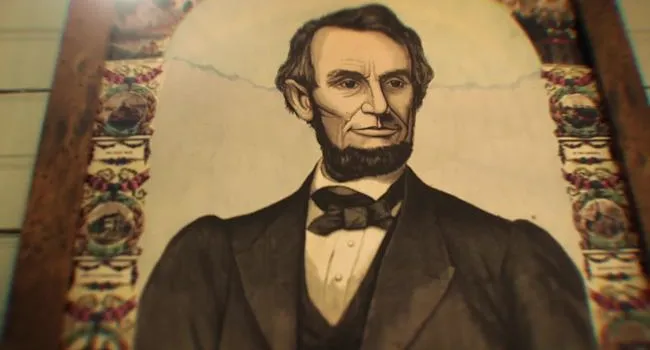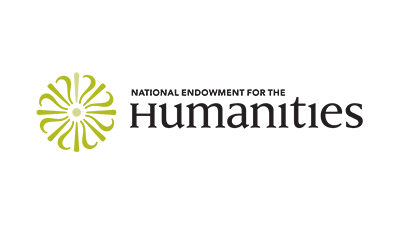Reconstruction 360 uses a 360 degree video platform as a storytelling device that lets the audience step inside pivotal Reconstruction events. By clicking on icons within the 360 video the user can access short documentaries that offer the perspectives of multiple characters, historians and descendants. Reconstruction 360 also includes lesson plans, curriculum standards and primary documents.
In this module, Teaching Ourselves, welcome to a small school in rural Alabama. Everyone in the community is excited about the new teacher, a recent Normal School graduate who brings spelling books for her students.
